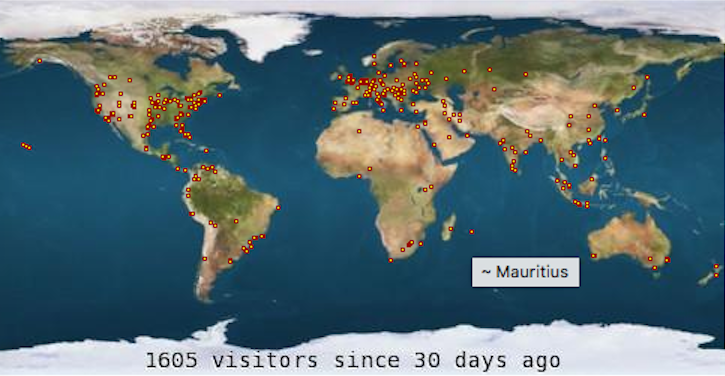The permaweb is composed of web pages and services running on the arweave blockchain.
Since arweave is a blockchain, web sites posted to arweave are permanently stored on the peer network. This service is provided by arweave for a one-time fee, which is computed to provide distributed storage hundreds of years into the future.
If ReactorLab.net’s current host goes out of business, or our lifetime hosting plan ends (!), the permaweb version will live on.
We thank onlyArweave.com for introducing us to arweave and the permaweb. We use the Simply Static WordPress plugin to export a static version of the site, then upload the site to ardrive.io, which puts it on the arweave permaweb. The one-time payment in AR tokens is made using the Wander browser extension. Dynamic sites which store and retrieve data on the permaweb can also be hosted on the permaweb. “Static” is in the sense of the look of the site not changing; Javascript and dynamic Web Labs still work well.
What is a blockchain? See our Web Labs on Blockchain, Crypto.
Please send us a message letting us know what you think at support@reactorlab.net
